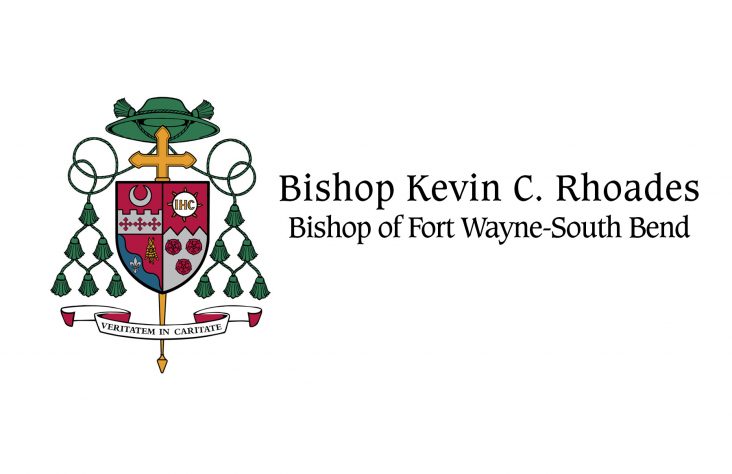October 5, 2011 // Uncategorized
St. Thomas the Apostle said to have visited scenic Syria
Where are Edessa and Madras, places St. Thomas the Apostle is said to have visited?
Edessa, modern Urfa, was a city in Syria, now in southeastern Turkey. St. Ephraem, a Syrian literary father, settled in Edessa in 363. From a very early date, E. Livingstone says Edessa was the center of Syriac-speaking Christianity. The church there, destroyed in 201 after a flood, is the oldest known Christian edifice.
Edessa’s fame was enhanced by its claim to possess, from 394 onwards, the relics of St. Thomas the Apostle. Edessa today has many beautiful large ponds and is situated against the Toros mountains.
I. Aksit describes the sites of Edessa. On a hill south of Edessa is the Abode of the Prophet Eyup who was made a leper by God to test his faith. After displaying patience and devotion, he washed in water and his health was restored.
The prophet Ibrahim destroyed the pagan idols of Edessa. As a punishment, he was thrown from the castle into the fish pond that you can visit today. At the base of the Urfa Castle is the Cave of the Prophet Ibrahim, where he was born. You can see two gigantic pillars of Urfa Castle today. There also are a number of Muslim mosques in Edessa. You can visit the caravansary from 1220, situated on the ancient silk road. Near Edessa is the famous city of Harran, where the Old Testament patriarch Abraham lived.
Madras is a city in southern India. It is the fourth largest city in India today. Fodor says that legend claims that St. Thomas the Apostle came to Madras as a missionary to India, and was martyred while praying in front of a cross engraved in stone on St. Thomas Mount in 72 A.D. This stone, called the “Bleeding Stone,” is now installed inside the beautiful 16th-century Church of Our Lady of Expectation, erected on the foundation of an earlier church that St. Thomas is said to have built.
His revered name also has survived in St. Thome, a seaside residential section of southern Madras. His body is believed to be entombed in the center of the San Thome Cathedral Basilica, a handsome neo-Gothic structure with elegant arches and a 180-foot steeple, built in 1896. Inside is an image of Christ standing on a lotus flower, a typical Hindu pose.
J. Delaney mentions another tradition that St. Thomas was martyred and buried at Mylapore, an inland district near Madras. Also at Madras is Fort St. George. Inside the fort is St. Mary’s Church, the oldest Anglican church in India, consecrated in 1680 A.D. There is also an old Armenian church built in 1620 A.D. The Catholics in southern India still call themselves “St. Thomas Christians” today.
The best news. Delivered to your inbox.
Subscribe to our mailing list today.





